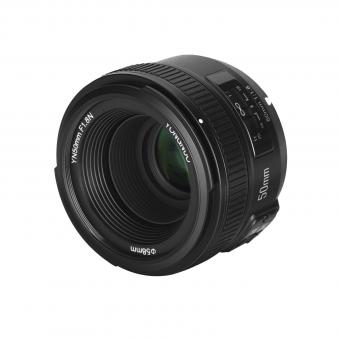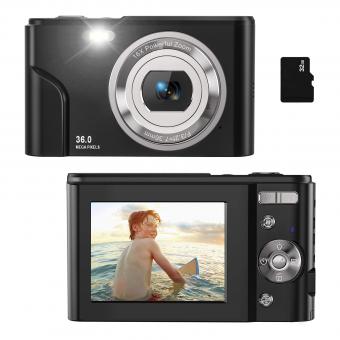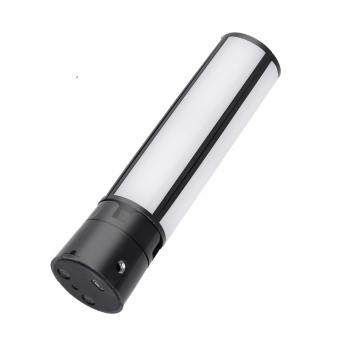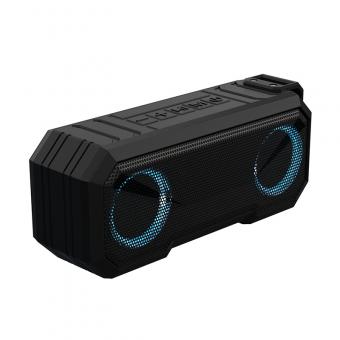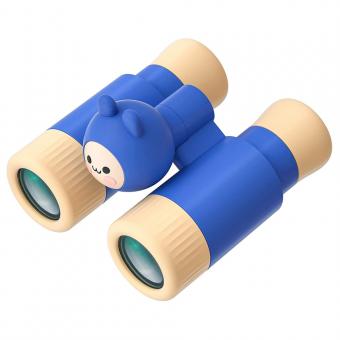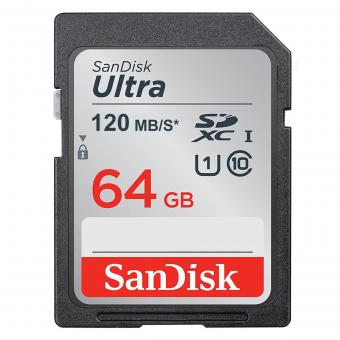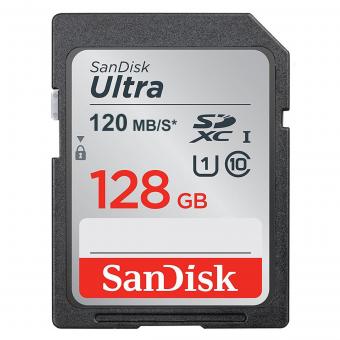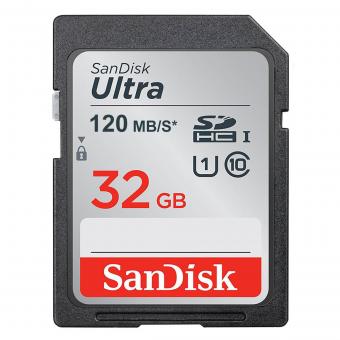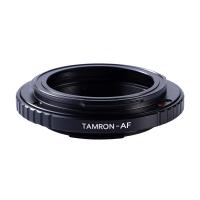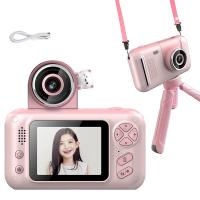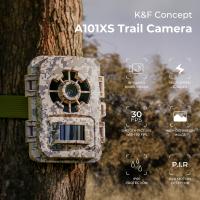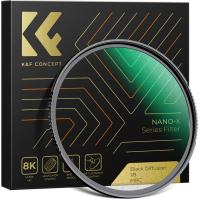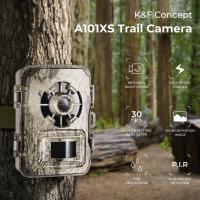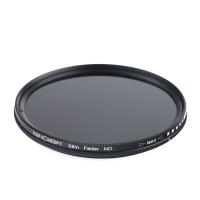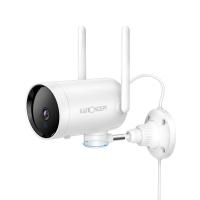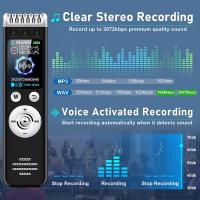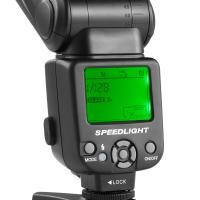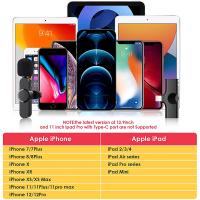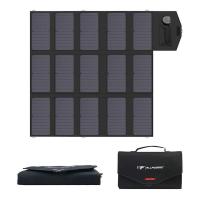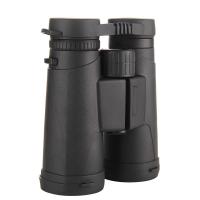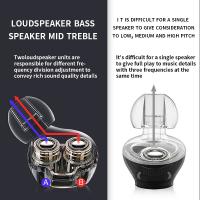What Are the Best Compact Binoculars for Hunting?
2024-06-28 08:46:30
Good eyesight allows us to spot a wild boar in the shade or a rabbit in the grass. However, long distances, challenging hunting conditions, and bad weather can make it difficult to see our targets. In such situations, binoculars become indispensable! Moreover, Experienced hunters always rely on binoculars to strategically plan and execute their hunts. Let’s learn to choose the best compact binoculars for hunting and accelerate your growth to an experienced hunter!
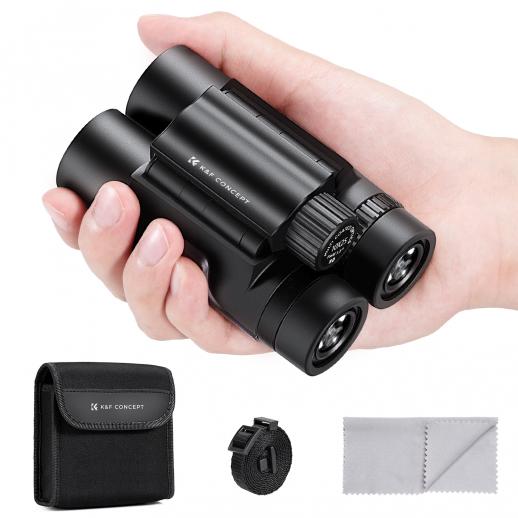
Key Features of the Best Compact Binoculars for Hunting:
What to know before buying compact hunting binoculars? Why do I choose the compact binoculars for hunting? Here are four Key Features that will explain the answers for you:
Size and Weight:
What a pity to miss the long-awaited prey just because you can't get out the binoculars quickly. To avoid this, choosing the right weight and size is important to get the best hunting binoculars!
Generally, binoculars are divided into compact, mid-size, and full-size categories, depending on the size of their objective lenses:
- Compact binoculars: objective lens size less than 30mm (8x25, 10x28, etc.);
- Mid-size: objective lens size from 30mm to 40mm (10x30, 8x32, etc.);
- Full-size: objective lens size greater than 40mm (8x42, 10x50, etc.);
However, please note variations in optics, design, and construction can still mean that models with the same size objective lenses can vary in size and weight.
The smaller size but with large enough magnification must be the main characteristics of the best compact binoculars for hunting, which allows you to have clear enough vision and maximum portability. Furthermore, it's worth mentioning that lenses with a diameter of 30 mm or less are ideal for hunting in daylight or good lighting conditions, but they struggle in low light, producing dark images. Compact binoculars with lens sizes ranging from 30mm to 40 mm are so popular in the market too, which not only provide powerful magnification but also capture maximum light, ensuring still clear visibility of your target when they emerge at dusk or nightfall.
In short, for the best compact binoculars for hunting, 8x25, 10x25, 8x28, and 10x28 are perfect choices when you are seeking maximum portability; 8x32、8x42、10x32, and 10x42 are all good choices too when you are concerned about the environmental changes. Moreover, for portability during hunting, ideal compact binoculars generally weigh between 1 to 1.5 pounds and have dimensions around 4-5 inches in length and 3-4 inches in width. These specifications ensure they are lightweight, easy to carry, and quick to deploy, enhancing the hunting experience.
Magnification and Objective Lens Diameter
Common magnification levels for hunting binoculars are 8x and 10x. the choice of the number of magnification and objective lens diameter is a balance between field of view and stability. Higher magnification, like 10x, offers detailed views but can reduce the field of view and increase shakiness. An 8x magnification provides a wider field of view and more stable images, making it easier to track moving targets. You can choose the corresponding magnification and objective size according to the above recommendations and your personal preferences and habits.
Optical Quality
The coating on telescope lenses directly impacts the brightness and clarity of observed objects. Good lens coatings reduce surface light reflection, resulting in clearer images. Without coating, light transmission from the objective lens to the eyepiece can drop by 70%. Quality coatings can increase transmittance to 95%. There are various types of lens coatings:
- Coated: At least one surface of one main optical element is coated.
- Fully Coated: All lenses have a single-layer coating on their surfaces.
- Multi-coated: Multiple anti-reflective layers on at least one surface of one main optical element.
- Fully Multi-coated: All lens surfaces have multiple coatings, achieving 90% to 95% light transmittance.
If budget allows, fully multi-coated lenses are the top and most expensive choice seeking for the best compact binoculars for hunting.
Durability and Build Quality
When using compact hunting binoculars in the rain, opt for waterproof or weatherproof models. Waterproof binoculars typically use an "O" ring to block water, handling splashes but not prolonged submersion. A rubber coating offers protection against minor bumps and scrapes, ideal for harsh environments. Additionally, to prevent fogging when transitioning from cold to warm conditions, some manufacturers replace internal air with moisture-free nitrogen, preventing internal lens fogging.
3 Steps to Choose the Best Compact Binoculars for Your Hunting Needs
1. Assessing Your Hunting Environment:
Dense Forests vs. Open Fields: Choose wider field of view for forests; higher magnification for open fields.
Light Conditions: Select larger lens diameters (40-50mm) for low light; smaller diameters (30mm or less) for daylight.
2. Considering Your Hunting Style:
Still Hunting vs. Spot and Stalk: Still hunting benefits from compact, lighter binoculars; spot and stalk requires durable, high-magnification models.
3. Budget Considerations:
Balancing Cost with Features: Match essential features with budget; prioritize lens quality and weatherproofing.
Recommendations for Different Budget Ranges: Budget (up to $200), mid-range ($200-$500), premium (over $500).
Best Compact Binoculars Recommendation for Hunting:
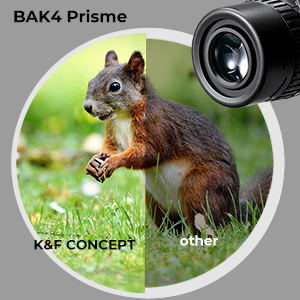
- 10x25 Binoculars;
- BAK4 Prism And Multi Layer Coating;
- IP65 Waterproof;
- Two Way Focusing Wheel + Raised Eyepiece Design;
- High Quality Components.
Conclusion
Consider your specific hunting needs and preferences, such as environment and style. Prioritize quality lenses, weatherproofing, and durability. Make an informed purchase to have the best compact binoculars for hunting and enhance your hunting experience.
F&QS:
Are compact binoculars better than full size for hunting?
Compact binoculars are better for hunting in certain situations due to their portability and ease of use.
What are the cons of compact hunting binoculars?
- Limited light-gathering ability.
- Narrower field of view.
- Less powerful magnification.
How to debug the compact hunting binoculars?
- Adjust the interpupillary distance
- Adjust the focus wheel for fast center focusing
- Adjust the diopter to ensure balanced vision on both sides
- Debugging complete


